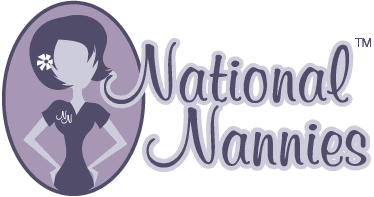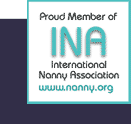Forward Rate Agreement Examples
March 5, 2022 | in Uncategorized
Forward Rate Agreement Examples: Understanding the Basics of FRAs
Forward Rate Agreements (FRAs) are a financial instrument that enables businesses to hedge against interest rate risks in the future. They are agreements between two parties, where one party agrees to pay a fixed interest rate on a notional amount at a future date, while the other party agrees to pay a variable interest rate based on an agreed-upon benchmark rate, such as LIBOR or Euribor.
To better understand how FRAs work, let`s take a closer look at some examples of how they are used.
Example 1: Hedging against rising interest rates
Suppose a company anticipates that interest rates will rise in the future and wants to protect itself against this risk. The company can enter into an FRA agreement with a bank, where it agrees to receive a fixed rate of interest on a notional amount of $1 million in six months` time. The bank, in turn, agrees to pay the company a variable interest rate based on the 6-month LIBOR rate at that time.
Assuming the current 6-month LIBOR rate is 2%, the company may agree to receive a fixed interest rate of 3% in six months` time. If interest rates rise to, say, 4%, the FRA will protect the company as it can still receive the fixed rate of 3%, which is higher than the variable rate of 4%. On the other hand, if interest rates fall to, say, 1%, the company will lose out as it would have been better off receiving the variable rate.
Example 2: Speculating on interest rate movements
An FRA can also be used for speculative purposes, where a party bets on the future direction of interest rates. For instance, an investor may enter into an FRA agreement with a bank, where they agree to pay a fixed rate of interest on a notional amount in six months` time. If the investor believes that interest rates will rise, they may agree to pay a fixed rate that is higher than the prevailing rate at the time.
Suppose the current 6-month LIBOR rate is 2%, and the investor agrees to pay a fixed rate of 4% in six months` time. If interest rates actually rise to, say, 5%, the investor will make a profit as they can sell the FRA and receive the variable rate, which is higher than the fixed rate they agreed to pay.
Example 3: Setting the price for an interest rate swap
FRAs are also used to help determine the price for an interest rate swap, which is a more complex financial instrument that enables parties to exchange fixed and variable interest rate payments. When parties enter into an interest rate swap, they agree to pay each other the difference between fixed and floating interest rates on a notional amount.
To determine the price for an interest rate swap, parties may use an FRA as a reference point. For example, if a bank wants to enter into an interest rate swap with a company, they may agree to use the FRA rate as a benchmark for the fixed rate on the swap.
Conclusion
FRAs are a versatile financial instrument that can be used for hedging, speculation, and pricing other financial contracts. By understanding how FRAs work and the different examples of their usage, businesses can better manage their interest rate risks in a dynamic and complex financial environment.
← Bc Averaging Agreement | What Is the Example of Contraction →Comments are closed.
DIY & Sign up Online
We have partnered with eNannySource to help you search for the perfect nanny in your area in addition to our other services.
Enter your zipcode to get started:
Nanny Articles
- Pillow Agreement Definition
- Retroactive Caregiver Agreement
- What Is Condition and Warranty in Contract Law
- Shared Ownership Contract Template
- How to Start Labour Contract Business
- Prenuptial Agreement in Bengali
- State of Nj Installment Agreement
- When Does an Agreement Become Unconditional
- Illinois Contract Law Impossibility of Performance
- Service Agreement Francais
National Nannies History
- September 2023
- August 2023
- July 2023
- June 2023
- May 2023
- April 2023
- March 2023
- February 2023
- January 2023
- December 2022
- November 2022
- October 2022
- September 2022
- August 2022
- July 2022
- June 2022
- May 2022
- April 2022
- March 2022
- February 2022
- January 2022
- December 2021
- November 2021
- October 2021
- February 2019
- December 2018
- July 2018
- June 2018
- April 2018


